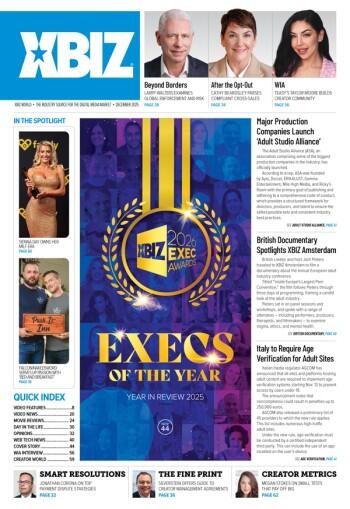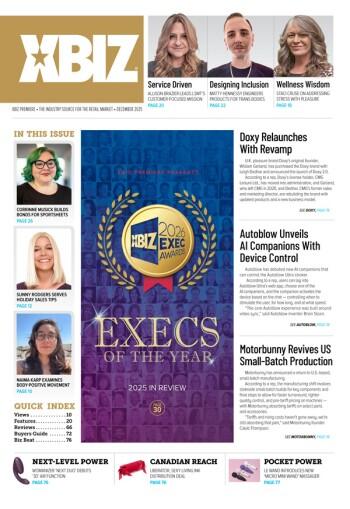For a brand to succeed, it is essential that its identity and image align. This article will cover what is meant by brand identity and brand image, the consequences of misalignment, how to realign and, finally, how to keep identity and image aligned.
What is brand identity?
You must ensure that your brand’s image accurately reflects its identity to build trust and establish long-term relationships with your target audience.
Brand identity refers to the visual and nonvisual elements that differentiate your brand from its competitors, and that help shape how consumers perceive it. Those include the brand’s name, logo, color palette, typography and messaging style — but also its “personality,” values and mission, which communicate a brand’s purpose and character. Just like with people, a brand’s personality includes tone of voice and the overall feeling the brand conveys, in this case to consumers. A strong brand identity helps to create brand recognition, and build trust and loyalty. Developing brand identity is a crucial component of any marketing strategy, and should be expressed consistently across advertising, packaging and other promotional materials.
What is brand image?
A brand’s image is the perception that consumers have of the brand. Consumers create a mental picture of the brand based on their interactions with the products and associated marketing and communications. Just like we can’t always control what other people think of us, brand owners don’t always have complete control over brand image. Reputation, customer experience and word of mouth ultimately determine how people perceive a brand. The brand’s actions, such as its social responsibility initiatives, product quality and customer service, are more significant influences than packaging, advertising and messaging.
A positive brand image can lead to increased brand loyalty, customer retention and sales, while a negative brand image can have the opposite effect. Therefore, it is essential to manage brand image carefully through consistent messaging, quality products and services, and positive customer experiences
What happens when brand image and brand identity misalign?
A misaligned brand image can lead to confusion and distrust among consumers. Suppose a brand’s logo, messaging and advertising do not accurately reflect its personality, values and mission. In that case, consumers may perceive the brand as inauthentic or insincere. For example, if a brand claims to value social responsibility but engages in environmentally harmful practices, consumers may view the brand as hypocritical and lose trust in the brand.
Similarly, suppose a brand’s messaging suggests a fun and carefree personality, but the products or customer services are sharp and formal. In that case, consumers may feel misled and cease to relate to the brand. This misalignment can lead to decreased brand loyalty, lower sales and negative word of mouth, as consumers are less likely to recommend the brand to others. Therefore, you must ensure that your brand’s image accurately reflects its identity, to build trust and establish long-term relationships with your target audience.
How do you align brand identity and brand image?
Aligning a brand’s identity with the brand’s image requires a strategic approach and consistent effort. Here are some steps to follow:
1. Clarify the brand’s identity: Define the brand’s personality, values and mission. Identify the brand’s target audience, unique selling proposition, and key messaging.
2. Conduct a brand audit: Review the brand’s current visual and nonvisual elements, including its logo, color palette, typography, messaging and advertising. Evaluate how well these elements align with the brand’s identity and identify areas for improvement.
3. Develop a brand style guide: Create a set of guidelines that outline the brand’s visual and nonvisual elements, including its logo usage, color palette, typography and messaging style. Ensuring consistency across all brand touch points helps reinforce the brand’s identity.
4. Implement the brand style guide: Ensure that all brand communications, including advertising, packaging and promotional materials, follow the brand style guide. Train employees and vendors on the brand guidelines.
5. Monitor and adjust: Regularly review the brand’s performance and adapt the brand’s identity and image as needed to ensure continued alignment. Solicit feedback from customers and monitor industry trends.
Here are some best practices for keeping a brand’s identity and image aligned:
1. Maintain consistency: Ensure that all brand touch points, including advertising, packaging and promotional materials, adhere to the brand’s style guide. Include consistent messaging, color palette, typography and logo usage.
2. Regularly review and refine the brand’s identity: Conduct periodic reviews of its personality, values and mission to ensure they remain relevant to the target audience and align with industry trends.
3. Monitor customer feedback: Solicit feedback from customers regularly to understand their perceptions of the brand and identify areas for improvement.
4. Keep an eye on the competition: Stay up to date with industry trends and competitor activity to ensure the brand remains relevant and differentiated.
5. Maintain brand authenticity: Ensure that the brand’s actions, including its social responsibility initiatives, product quality and customer service, align with its identity, to maintain authenticity and build consumer trust.
6. Invest in employee training: Train employees on the brand’s identity and style guide to ensure consistency across all touch points and strengthen the brand’s image.
By following these steps and best practices, a brand can maintain alignment between its identity and image, which can help to increase brand recognition, customer loyalty and long-term success.
Brand identity is what you present, while brand image is how your audience perceives it. If these two components are not aligned, your sales can be significantly affected. In creating any brand, I advise authenticity to keep things uncomplicated. I have created high-end brands where being clean, sustainable and cruelty-free were critical for high sales. I have also created low-grade brands where the price point and cheap look generated sales. Whatever your situation, if your sales are low, consider investigating the alignment of your brand image and identity.
Joe Powell is a graphic designer, brand creator and B2B and B2C marketing professional. For over 25 years, he has held remote contract roles in which he specializes in best-practice tactics for visual (brand) identity and product development.








